NYC’s Forgotten ‘War on Christmas Trees’
Discover how an obscure holiday crackdown affects festive street vendors today!


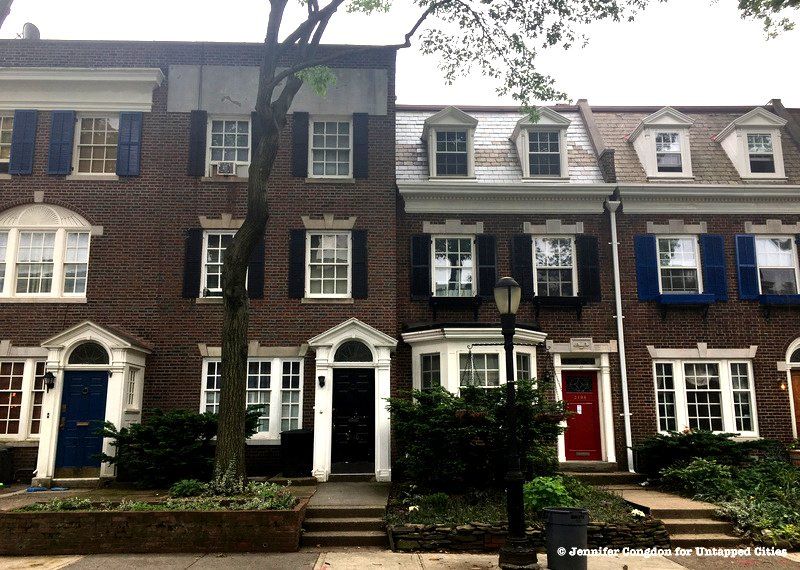
Flatbush Avenue, one of the oldest and longest streets in Brooklyn, boasts a rich history, and thus, is home to a variety of land uses and architectural styles. Perhaps when New Yorkers picture Flatbush Avenue, they think of a thriving commercial corridor, home to large developments like the Barclays Center, shopping malls, and smaller markets and specialty shops. In the neighborhoods of Flatbush and Prospect-Lefferts Gardens, Flatbush Avenue serves as a sort of “Main Street”, the site of a vivacious street life running through the center of the neighborhoods. However, veering off this avenue will yield a pleasant surprise: a series of dead end streets whose quaint nature and architectural styles pay homage to an earlier era of Brooklyn.
Here are five of these dead end streets to discover!
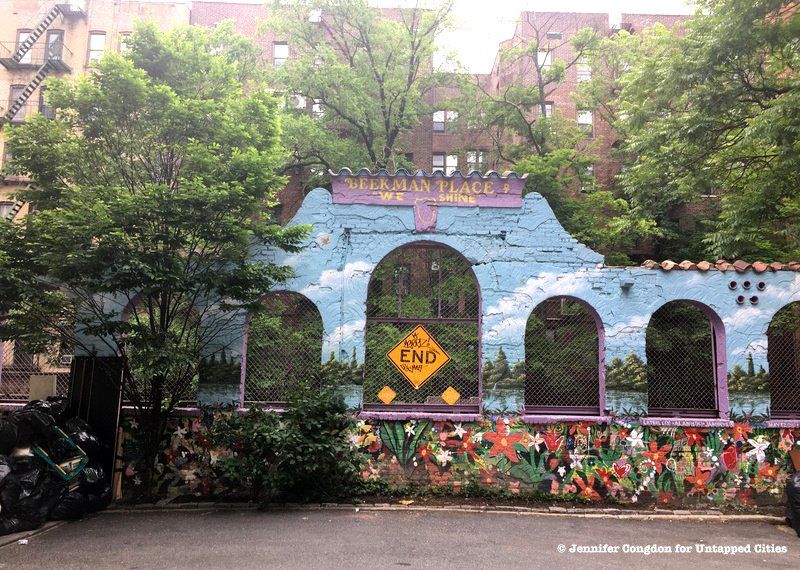
Situated off of Flatbush Avenue next to Prospect Park, Beekman Place is one of a series of dead end streets in Prospect-Lefferts Gardens. At the end of the street is a mural proclaiming “Beekman Place- We Shine” and beyond that, the tracks of the B and Q subway lines are visible. While dead end streets conjure up images of suburban cul-de-sacs, some sociologists have documents the effect that cul-de-sacs and dead end streets have in fostering social cohesion. Sociologist Thomas R. Hochschild states that families who lived in cul-de-sacs “had a stronger sense of shared social space”, due to the fact that their design “facilitated neighborliness”.
While urbanists critique cul-de-sacs and dead end streets for cutting up neighborhoods, the existence dead end streets off of a major thoroughfare like Flatbush Avenue may be able to combat this criticism. From the mural to the lack of traffic (both pedestrian and vehicular), Beekman Place exudes a great amount community feeling in its small space.
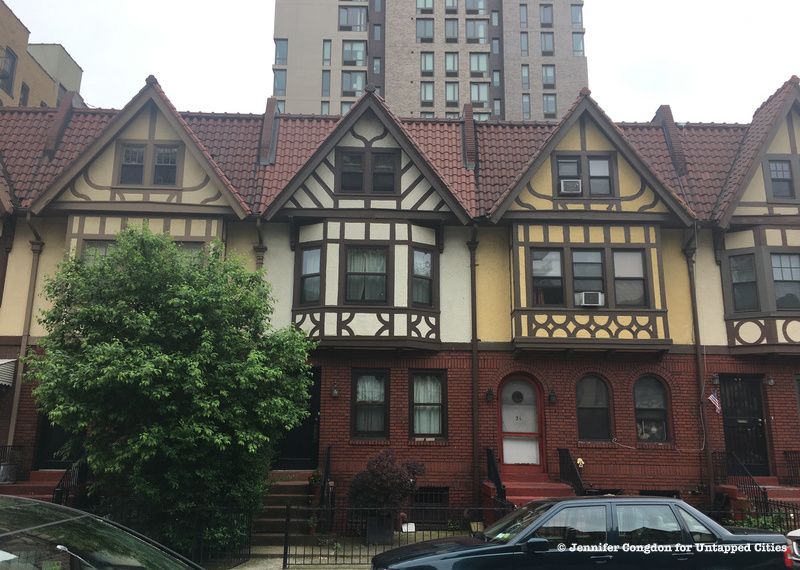
Just south of Beekman Place is Chester Court, with a quaint grouping of Tudor-style row houses. Built by Peter J. Collins in 1911, after the construction of the Brooklyn Bridge and the expansion of transportation lines, the court attracted many of middle-class families looking to purchase a home on a quiet street with a strong sense of place.
In 2014, the New York City Landmarks Preservation Commission approved the establishment of the Chester Court Historic District. The commission praised the houses as “remarkably well-preserved, as they retain their original clay-tiled roofs, and many retain their historic wood doors and windows”. Along with the condition of the houses, the commission applauded the sense of community that had been forged in this “private enclave”.
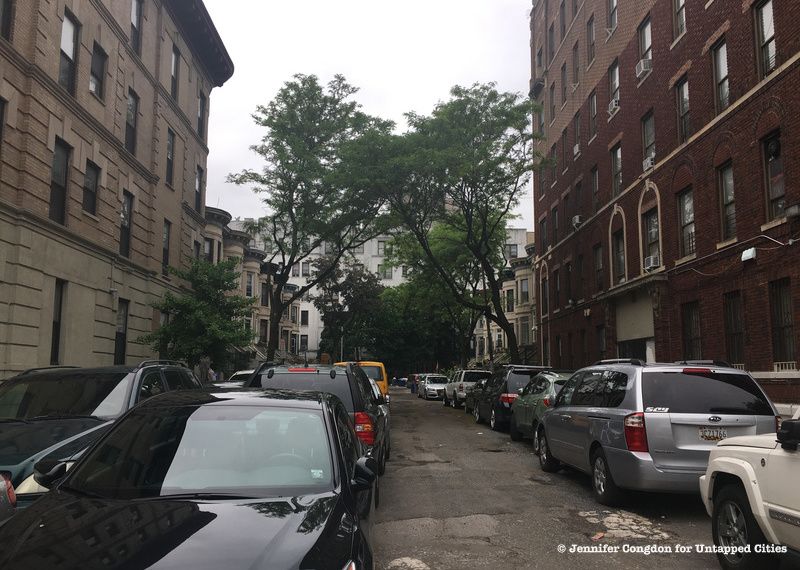
Tucked off of Parkside Avenue is Parkside Court, which stands apart from the other dead end streets in this area in that it is a private street. A few steps into the street reveals a sign warning the pedestrian of entering a private street and prohibiting unauthorized vehicles. Lined with row houses and brick buildings, the street becomes obscured further down, shrouded with trees. Like Beekman Place and Chester Court, Parkside Court is a dead end street in order to accommodate the B and Q subway lines that run above ground. Each townhouse has a well-sized backyard and in the past few years, many houses have been renovated.
As a Brooklyn blogger noted, Parkside Court maintains a mysterious quality, one that makes its quiet street stand out in comparison to the densely-populated neighborhood, including the bustling Flatbush Avenue a block away.
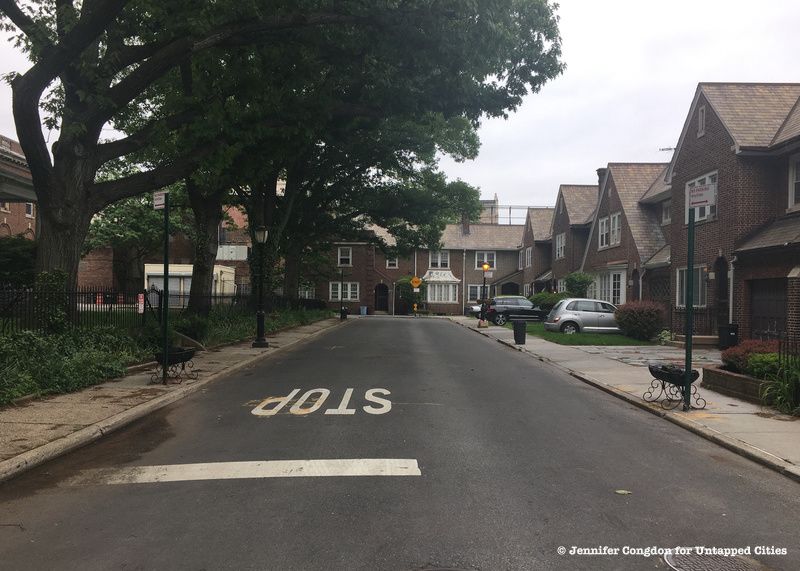
To the south of the aforementioned streets, and located off of East 21st Street and directly to the left of Flatbush Avenue, is Kenmore Terrace. Untapped Cities’ History of Streets archive discusses its history, describing how Kenmore Terrace has a deep history tracing back to 1600, when the Dutch first settled in Flatbush. During the 1910s, three houses on this street were built in the Colonial Revival style and the remaining six were built in the English Arts and Crafts style and included a driveway and garage as the automobile took off in popularity and more middle-class families were able to purchase cars.

Albemarle Terrace, located off of East 21st Street, is grouped with the adjacent Kenmore Terrace in the Albemarle-Kenmore Terraces Historic District. The street consists of neo-Federal houses, with terraces and gardens in front of the house to raise them off of the street level. The aforementioned Kenmore Terrace originally was designed to be a replica of Albemarle Terrace, although Kenmore Terrace ended up being built in a different style, despite being part of the historic district.
Details present within Albemarle Terrace include Palladio windows on the first floor of some houses, some slate roofs and pedimented dormers, and street lamps. The presence of the trees and gardens in front of the houses rather than on the sidewalks makes the street appear wider and more open.
For another look at some unique Flatbush homes, check out the Japanese House in Flatbush, the Victorian homes of Ditmas Park and for another look at some of the quirks of New York’s street grid, take a peek at the hidden streets of Greenwich Village. Get in touch with the author on Twitter @jenncongdon.
Subscribe to our newsletter